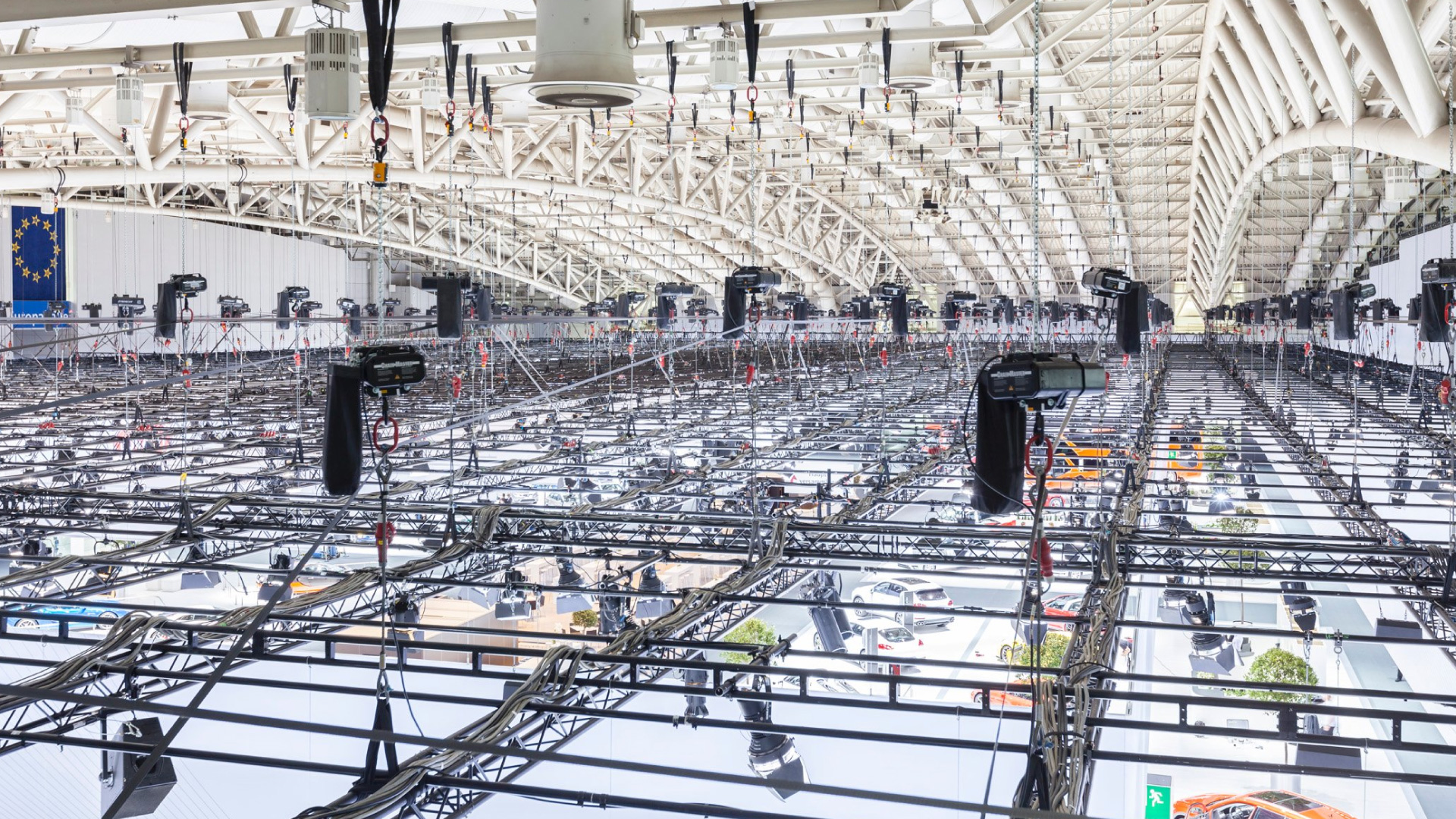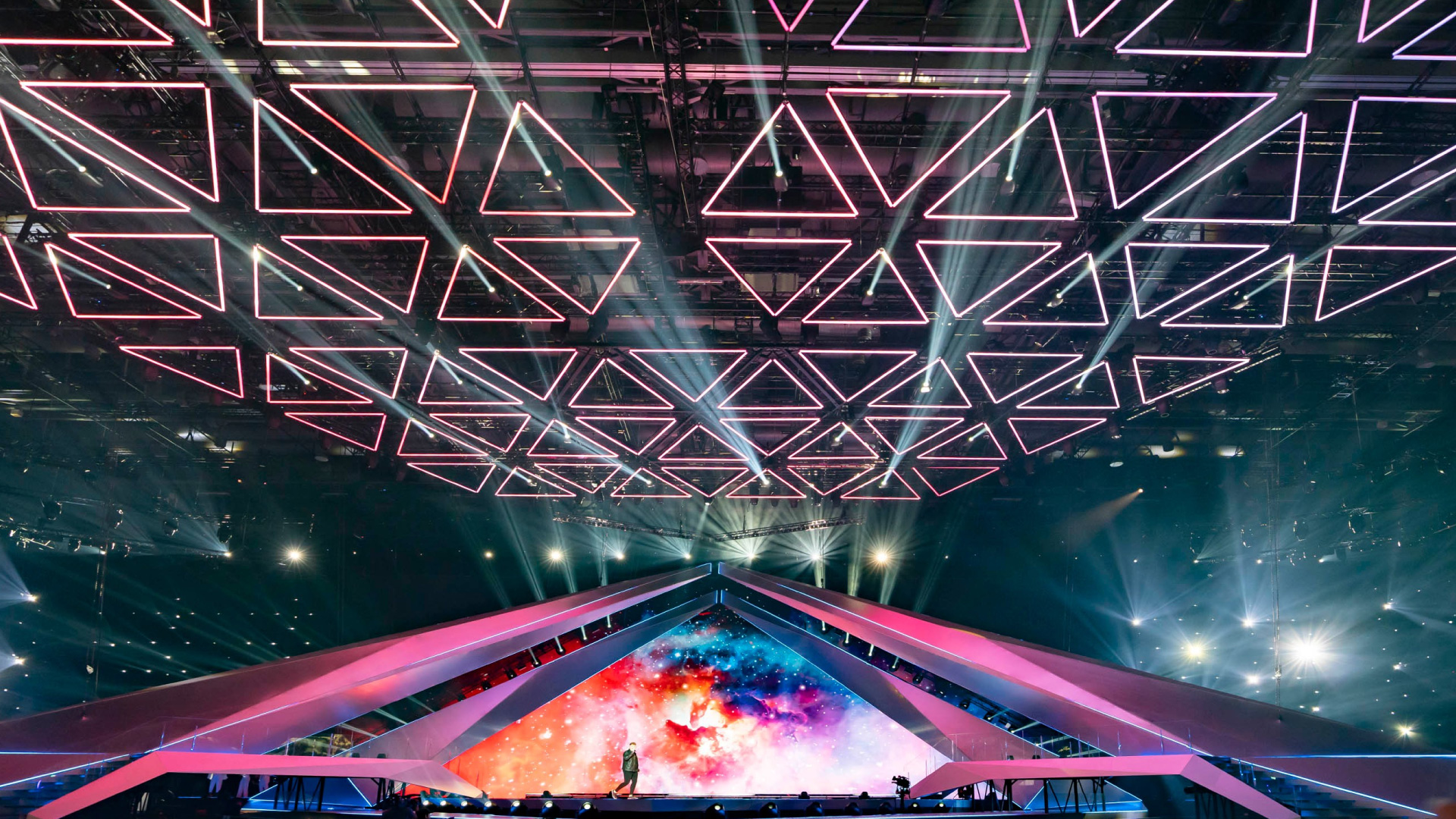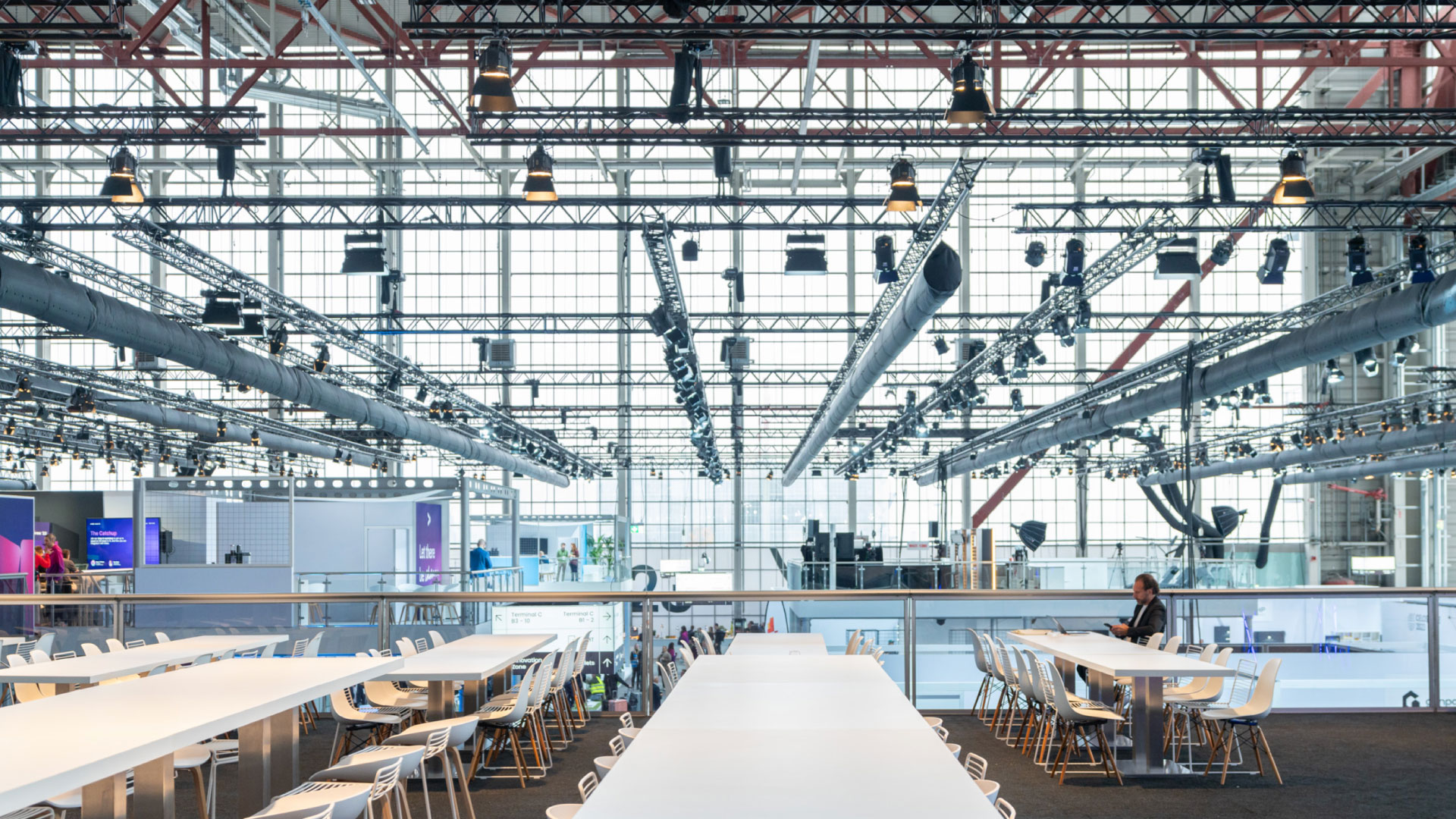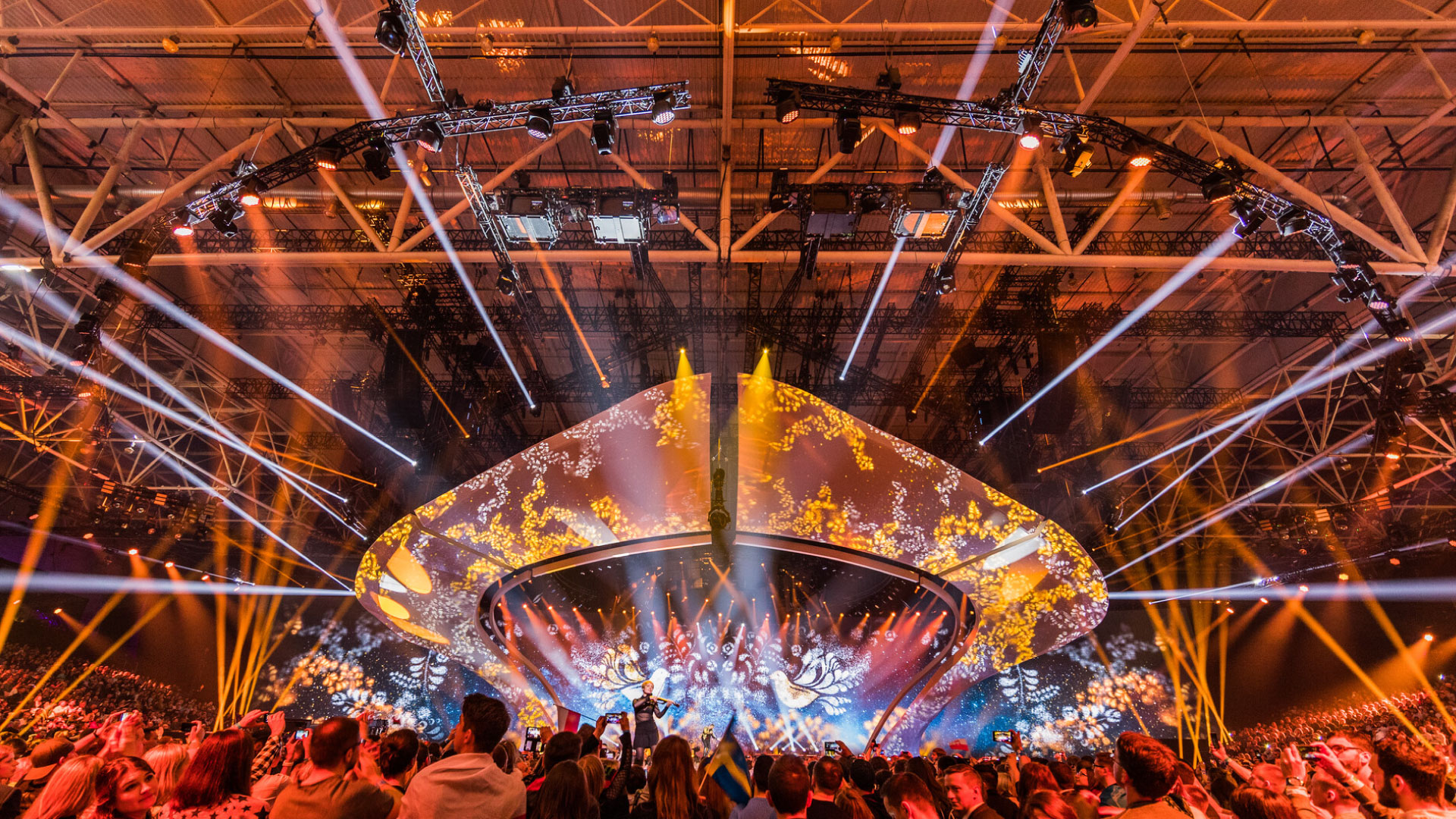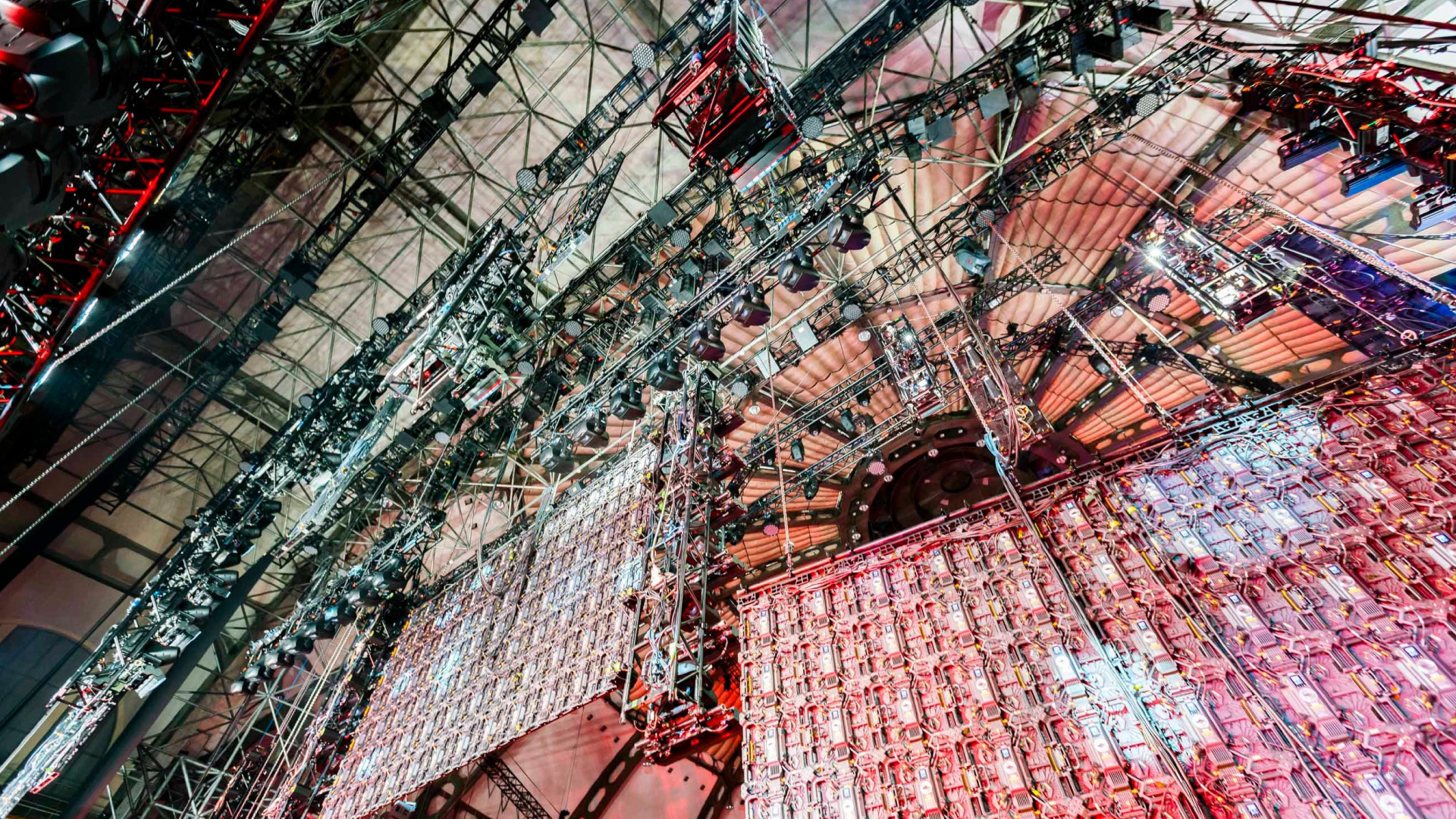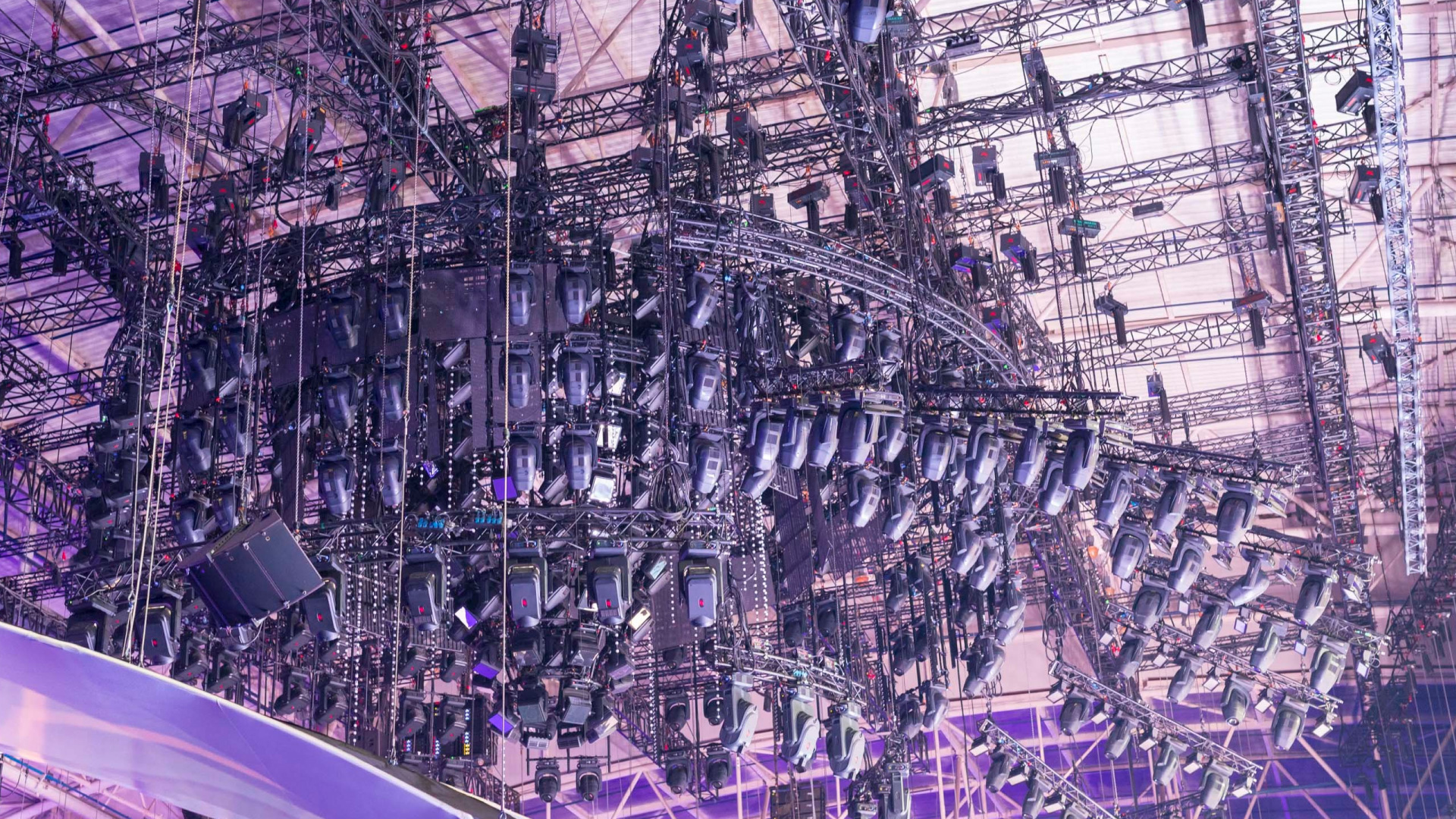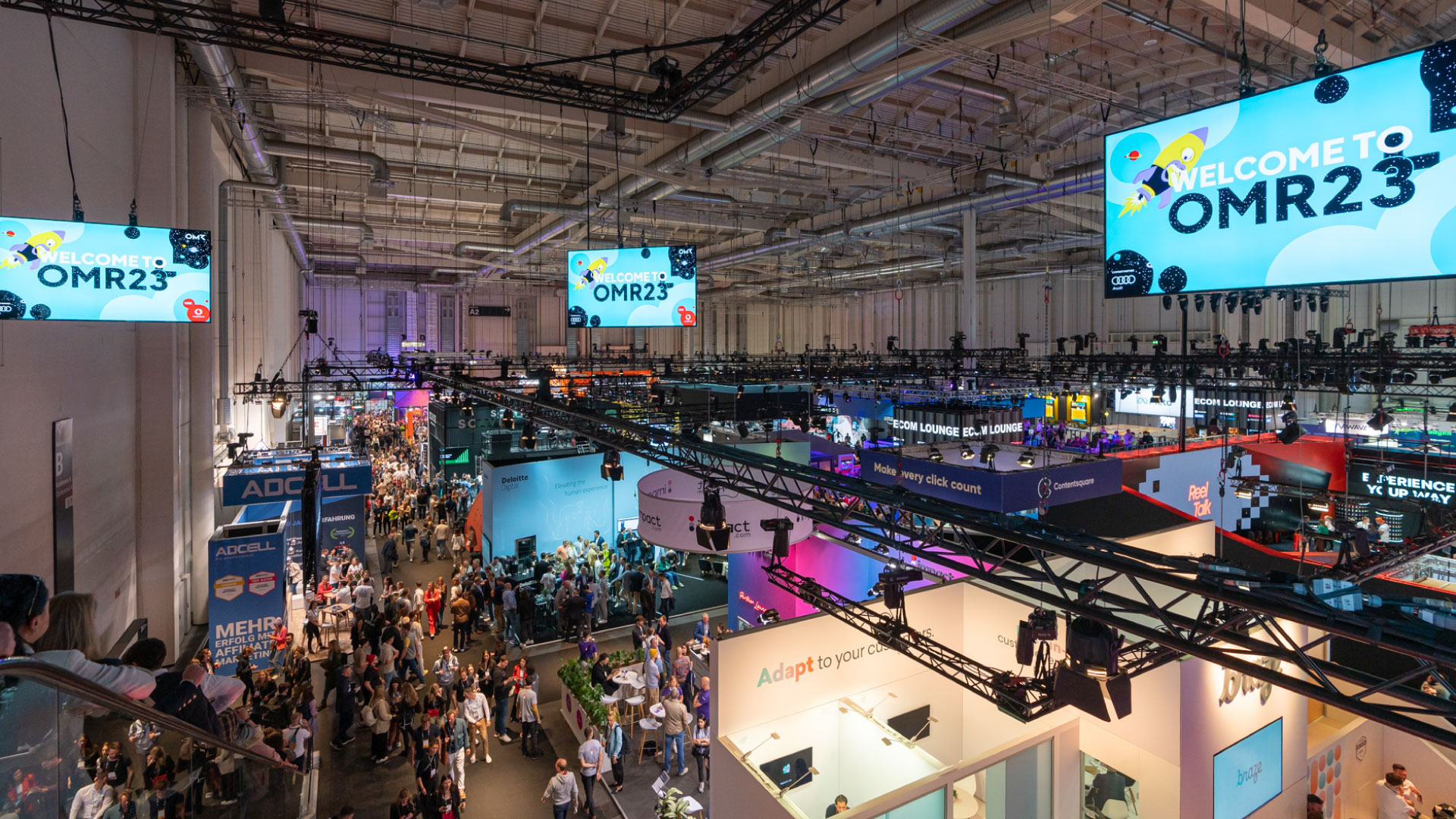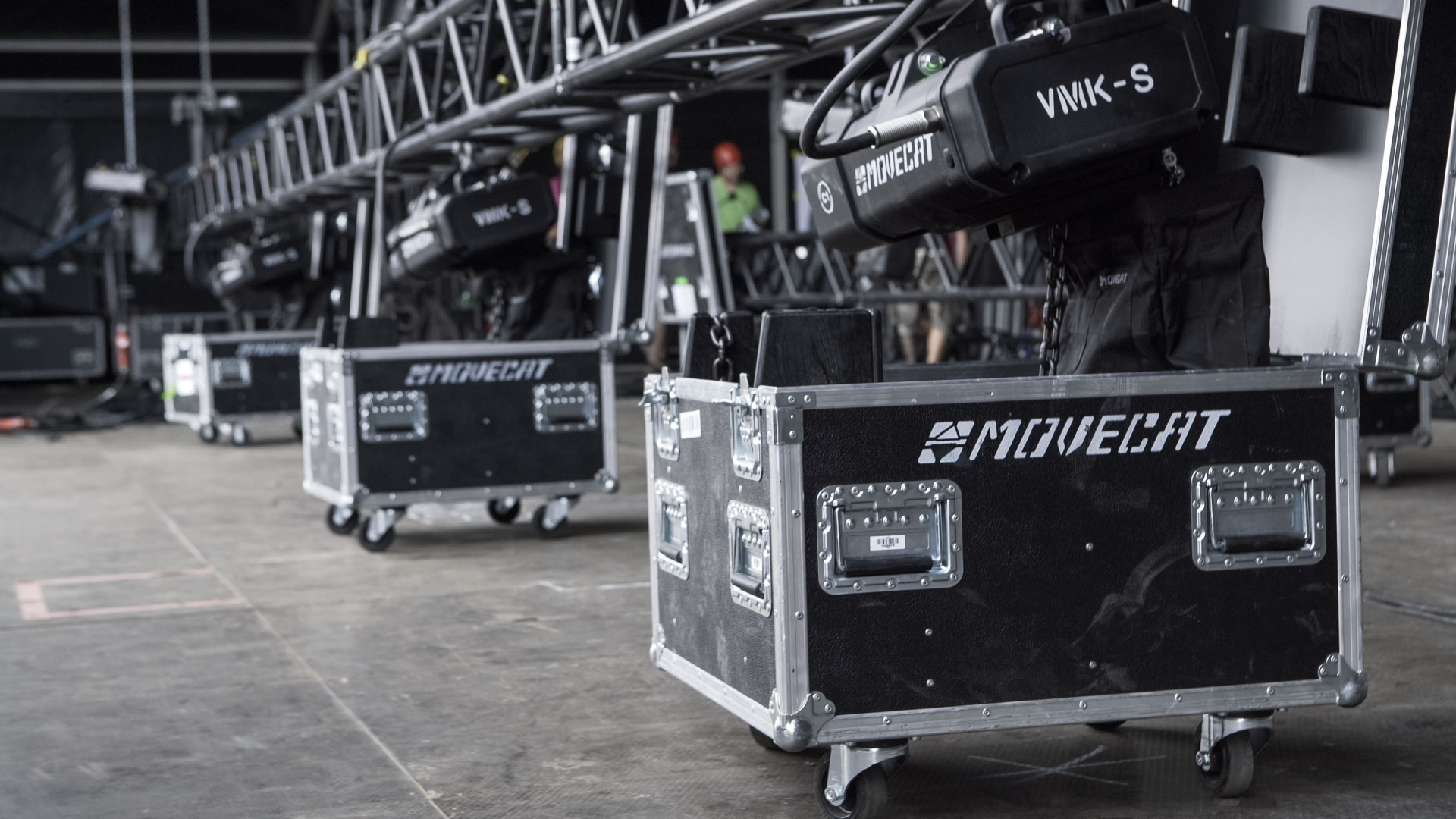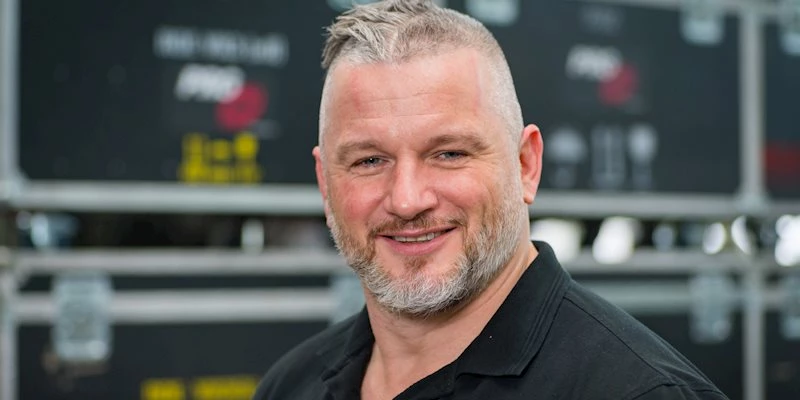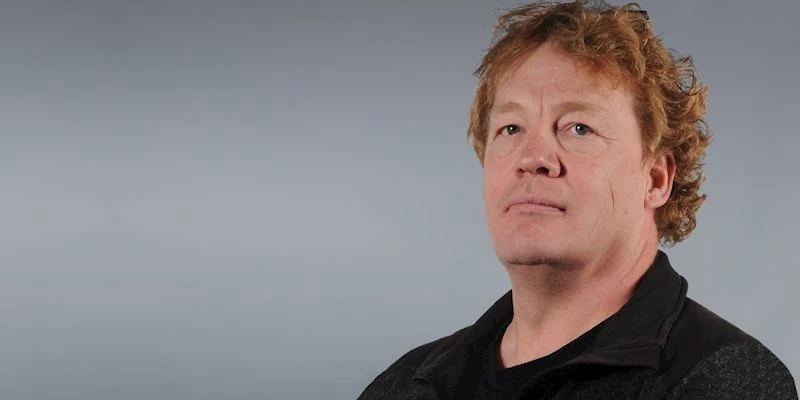- PRG Spain played a pivotal role in ensuring the success of this major event by providing an impressive lighting and rigging setup. This setup included state-of-the-art equipment such as Grand MA3 full-size consoles, Grand MA3 NPU M units, Ayrton Huracán fixtures, PRG Icon Edge and Beam fixtures, GLP Bar, Astera Titan Tube fixtures, LED Strips and more.
- The entire lighting system was controlled by the Grand MA 3 in Mode 3, which was integrated into the Luminex system.
Durham Ritchie is the esteemed General Manager of PRG Australia, wielding a profound influence with over 35 years for industry expertise. His diverse background spans Concert Touring, Theatrical, and Event industries, shaping him into a versatile leader. At PRG, Durham orchestrates seamless daily operations, utilising his wealth of experience to transform client visions into reality. His legacy includes pivotal roles in colossal projects, notably the Australian F1 Grand Prix and Moto GP for 26 years, Commonwealth Games, and Sydney Olympic Games. Durhams remarkable achievements also extend to the construction team, where he has played a key role in realising Crown Casino’s Atrium vision. His ongoing leadership of the Special Effects Team showcases his enduring commitment to innovation and excellence.
